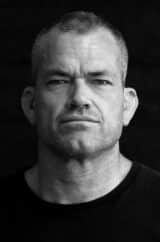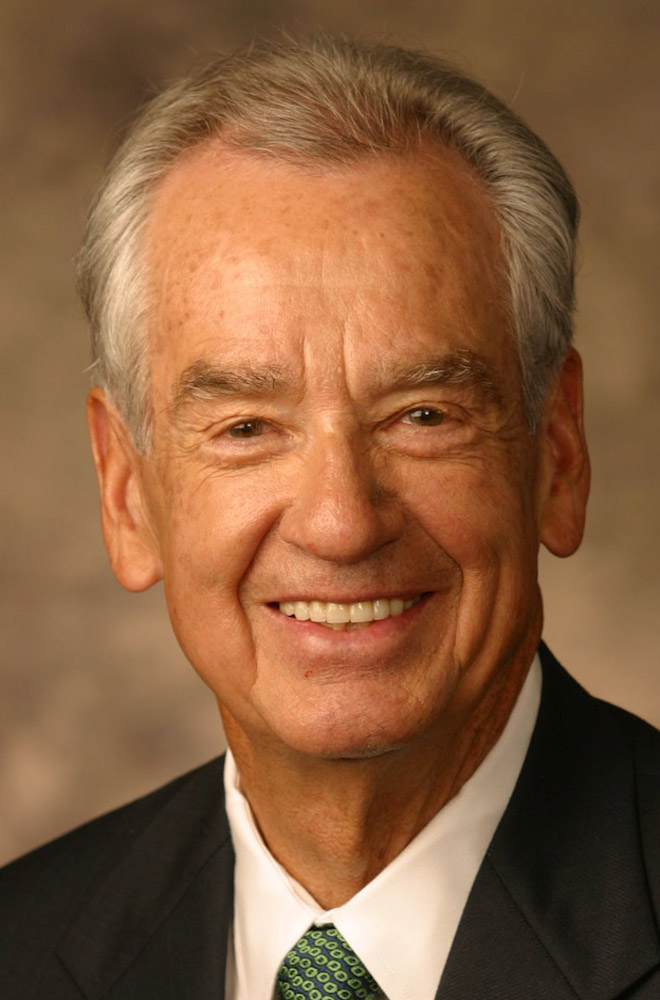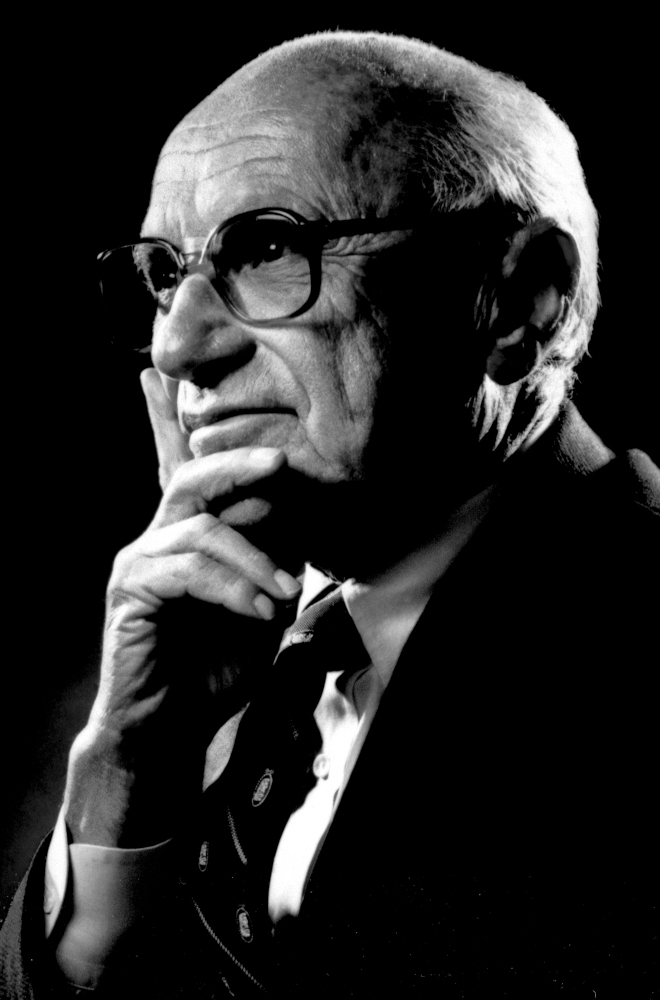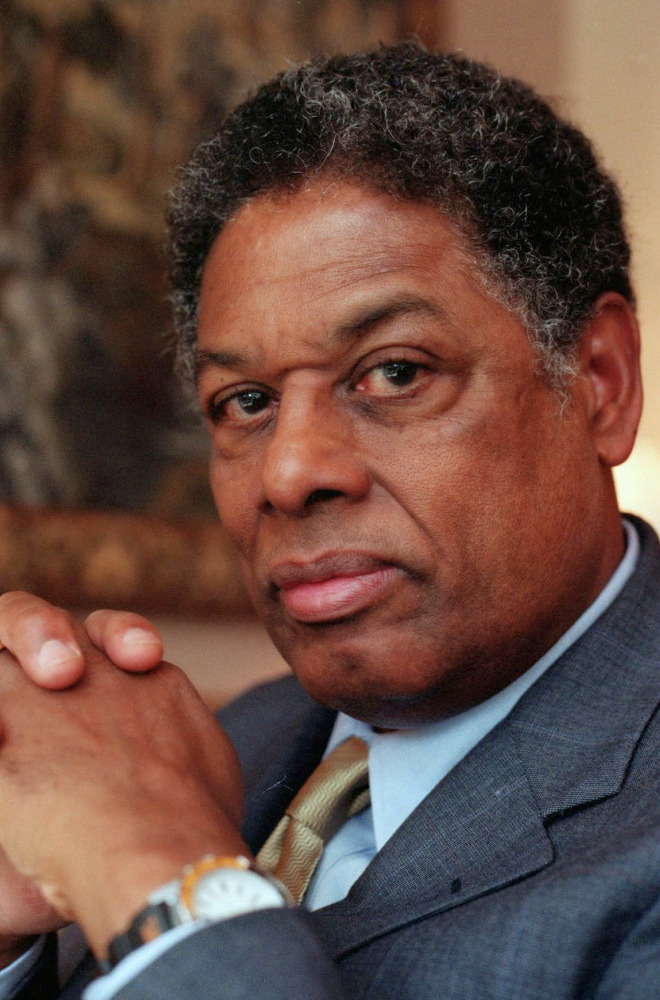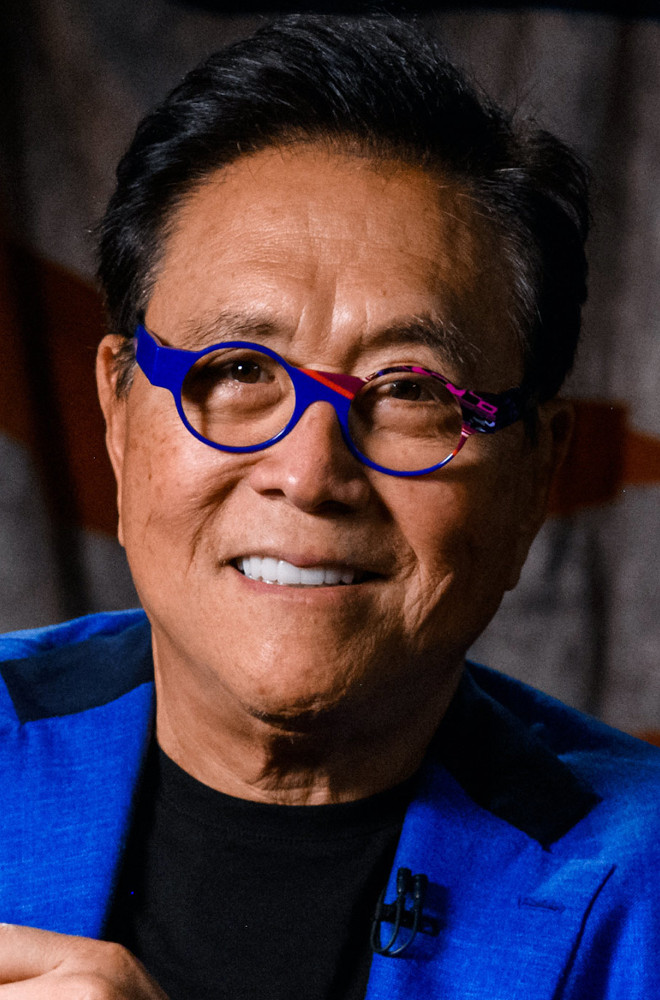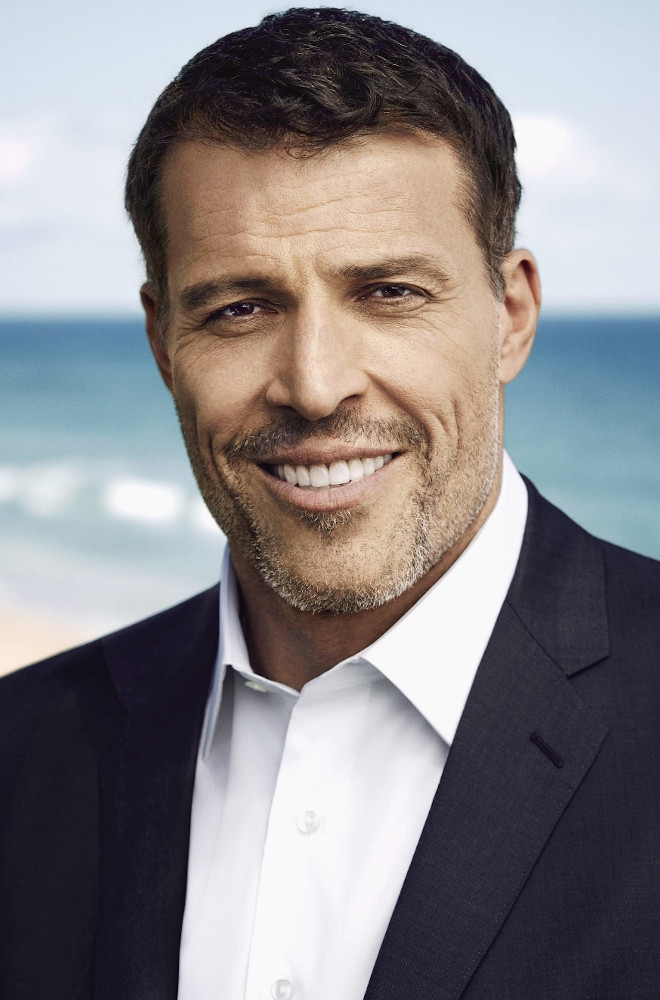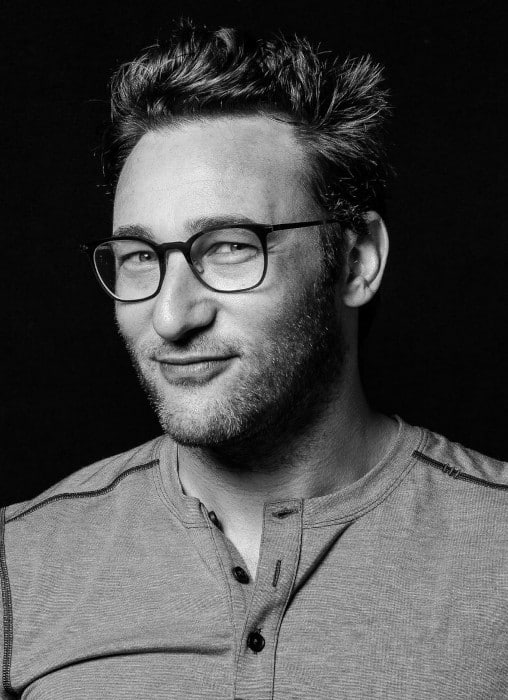 Cutting Through the Chaos
Cutting Through the Chaos
Modern life is nothing short of bewildering. You can hardly turn on the TV or pick up a magazine without being pulled in a dozen different directions. There are way, way too many people with opinions on what you should think, how you should live your life, and what should be important to you.
Simon Sinek’s great gift is his ability to get to the heart of the issues that affect us every day. He focuses on what matters. It also doesn’t hurt that the camera loves him and that he’s able to write down his ideas in a simple, straightforward way everyone can understand.
Practical Philosophy
Some people find it important to ponder the meaning of life and the nature of the soul. There’s nothing wrong with that, but for most of us the more important questions are things like “What do I do next?” and “How do I handle this unfamiliar situation?”
For the most part, the thoughts expressed in Simon Sinek’s best books aren’t especially groundbreaking or even original. They are, however, presented in exactly the right way for a modern audience. Here, we discuss all of Simon Sinek’s books, roughly in the order they were written.
Best Simon Sinek Books
| Photo | Title | Rating | Length | Buy |
|---|---|---|---|---|

|
Start with Why | 9.84/10 | 256 Pages | Check Price On Amazon |

|
Leaders Eat Last | 9.76/10 | 368 Pages | Check Price On Amazon |

|
The Infinite Game | 9.70/10 | 272 Pages | Check Price On Amazon |

|
Find Your Why | 9.54/10 | 256 Pages | Check Price On Amazon |

|
Together is Better | 9.44/10 | 160 Pages | Check Price On Amazon |
Start with Why

 Motivation 101
Motivation 101
Most people are thrust into positions of leadership before they are ready. It’s the ultimate form of on-the-job training! This could be at work, in sports, or even in a social setting (like when half a dozen friends can’t decide where they’d like to go to eat).
Something most green leaders quickly learn is that you can’t simply tell people what to do and expect them to react with enthusiasm. Even in the military, individuals need to be inspired; to know that they’re part of something greater than themselves.
The Root of Inspiration
This, the first of several best-selling Simon Sinek books, examines the lives and approaches of several famous leaders and pioneers. These came from very different backgrounds and succeeded in diverse fields, but they have one striking thing in common: they “started with the why”.
What does this mean? Some people say they want to climb a tall mountain just “because it’s there”. Others go into business with a vague idea of getting rich. Scratching the surface, however, we quickly realize that individuals who excel actually tend to have a deep appreciation of the true reasons why whatever they do matters. In other words, they put the “why” of their undertaking before the “what” and the “how”.
Excellence Starts at the Top
Like a lot of what you’ll find in the top Simon Sinek books, this concept is obvious as soon as you start to think about it. What he does better than most in Start with Why is to ask the right questions. He then goes on to explain their ramifications in a way that anyone can follow and most people will agree with.
Very few of us will ever achieve anything important all by ourselves. Sinek easily shows us that natural leaders, whether they have a title or not, are distinguished by the way they communicate their vision, ideas, and plans to others. As you can probably guess by now, this kind of conversation is all about why: the reason your organization does what it does, the reasons customers want to buy from you instead of your competitor down the street, or the reason some people enjoy their work rather than just going through the motions.
Thought-Provoking But Far from Perfect
This is a book that’s well worth reading; you’ve probably already thought of someone in your life who’d love to get it as a gift. It’s the thought that counts, of course, but it’s unlikely that someone with actual experience of leadership will read it all the way through. This book is a shade over 250 pages, and I can’t help thinking that it could have been just as effective if it had been chopped down to 25.
The examples provided from the world of business are also cherry-picked to support the book’s message. At times, they even seem a little contrived: fitting the facts to the theory instead of the other way around. Still, Start with Why remains one of the most popular Simon Sinek books, and it’s not hard to see the reason.
Leaders Eat Last

 What Makes a True Leader?
What Makes a True Leader?
Pretty generally, when people think of leaders, their thoughts go to business managers, sports team captains, and, more generally, those with a desire to have power over others. If you take a moment to think about the people in your own life, though, you’ll probably realize that leaders come in all shapes and sizes.
The troubleshooter who knows what to do next (and can explain it to others), the peacemaker who circumvents an argument before it even starts, and – maybe especially – the protector who makes sure that everyone around them is taken care of, are all leaders in their own way. Leaders Eat Last, one of the most practical and best books by Simon Sinek, focuses on this last aspect of leadership.
A Simple Truth Well Told
Predatory managers – those who disparage their subordinates, steal credit for their work, and are more interested in sucking up to those above them than protecting those below – do exist, unfortunately. However, any company that relies on this style of leadership is not going to thrive. Sacrificing long-term stability in favor of short-term gains is rarely a winning strategy.
Leaders that inspire loyalty, by contrast, go out of their way to shield their team members from negative outside influences, reward them for doing a good job, and even allow them to grow beyond the confines of their current roles. Now, none of this is really news to anyone who’s spent time in the world of business. The reason this is perhaps Simon Sinek’s best book is how he brings home the point that being a good leader truly is important, no matter how many other demands there are on your time and energy.
The Value of Self-Sacrifice
At about 350 pages, this book is not something you can finish during a lunch break. This is mainly due to the many examples Sinek uses to illustrate his points. The author draws on his training as an anthropologist to analyze the social dynamics behind leadership. He also refers to the standards set by well-known historical leaders more than a few times.
This is a long read compared to other best-rated Simon Sinek books, so you may want to start off with Together Is Better to get a feel for how he thinks and communicates. Working through it isn’t a chore, though: the language is simple and flowing, while the ideas are easy to digest. The most difficult of these, in fact, is simply that temporary self-sacrifice can benefit you in the long run. Managers who are willing to spare some time and energy for their underlings (“eat last” in other words) are not only more successful, they help to make the world a better place.
The Infinite Game

 Life Ain’t Like Chess
Life Ain’t Like Chess
Each chess piece moves in a particular way; you can’t place a knight in the middle of the board just because you feel like it. A football team consists of eleven players and sending on a twelfth to help out isn’t allowed. Even the dating game has firm yet obscure and arbitrary rules.
Most of the important stuff in life doesn’t have strictly defined rules, though. Often, for instance, you can win without making somebody else lose. You can even redefine winning and achieve success in a different way than you’d originally planned. What you should not do, however, is play an infinite game – one where the only true rules are actual judicial, physical, or moral laws – as if it were one in which all your possible moves are strictly limited.
Which Rules Are Really Real, Anyway?
We sometimes say that someone is “not playing with a full deck” if they’re not particularly smart or out of touch with reality. Yet this is exactly what we’re doing if we keep playing only the cards we’re used to, even when there’s nothing preventing us from drawing a new hand.
I probably don’t need to remind you that the world is changing. Changing along with it, however, requires an effort. The principles and rules of thumb you learned in college, from books, or through hard-won experience may no longer be relevant. Clinging to some of them may even be more limiting and harmful than you realize.
Management and Leadership in a World of Infinite Possibilities
In The Infinite Game, Simon Sinek’s latest book, he naturally examines the benefits of thinking about managing a team, or business in a wider sense, as a non-finite undertaking. What he finds is that organizations that adopt a boundless mindset tend to be more resilient, adaptable, and innovative.
On an individual level, their employees are also far more engaged, happier, and willing to trust their colleagues. These are prerequisites for any company that hopes to break new ground and, in Sinek’s view, what every working environment should be like.
A Word of Warning
You won’t, however, find Simon Sinek’s new book on an MBA reading list any time soon. He does make a bold effort to find justification for his finite/infinite hypothesis in the real world. All of his examples seem a little oversimplified, though, as if finite thinking always results in failure and an infinite mindset inevitably leads to success.
As many Simon Sinek book reviews note, he likes to use scientific concepts like the structure of the brain to support his theories. He knows next to nothing about actual neuroscience, though. When he talks about the “neocortex” or “limbic system”, he’s really using those terms as a framework to support his theories, not talking about actual science. In short, The Infinite Game is worth reading, but it should be approached critically and not as dogma.
Find Your Why

 Revisiting the Importance of the Why
Revisiting the Importance of the Why
Simon Senik has a huge online following, with whom he actively engages. Their conversations quickly made him understand the Start with Why, though perhaps the best Simon Sinek book, left plenty of readers unsatisfied.
Expanding or revising it would not have been enough, so Senik set out to craft an entirely new sequel building on the ideas he explored in Start with Why. The main goal of this book is to help readers turn theory into practice: identifying the true driving reason behind your team, company, and even yourself.
A How-To Guide
As you might expect, it’s assumed that you’ve already read Start with Why. Though both books are somewhat repetitive – and therefore can be read quickly – their real value lies in their ability to inspire. If you come at Find Your Why cold, you may not have the momentum needed to carry you through all 250 pages. Though some of what you’ll find here is self-explanatory or common sense (once you’ve grasped the main points, at least), you’ll miss valuable lessons and insights if you put it down too soon.
Inspiration is great, but even the best Simon Sinek books won’t help you much if you don’t find a way to apply their principles in your own life. These ideas, as has been said many times, are nothing new: there’s a good chance you’ll recognize some of your grandparents’ advice in them. The point, therefore, is to go through the exercises: in your own mind (not recommended, as you really need someone to act as a sounding board for best results), with a trusted friend, or perhaps at work.
Inspiration Is Contagious
To Sinek, work isn’t just a place where people go to be bored for 8+ hours a day. Work should be meaningful and inspiring; something people want to commit to. As he points out in this book, defining a team’s or organization’s “why” should be a group effort.
How formal or casual you want to make this is up to you. Sinek himself seems to favor a kind of open-meeting format, though this approach will probably only work if everyone involved takes the proceedings seriously. Luckily, one thing that becomes clear when reading this book and its predecessor is that, though the fundamental “why” that brings meaning and fulfillment to each member of a group is a shared thing, this realization often starts with just one or a few individuals.
Together is Better

 A Compass in the Storm
A Compass in the Storm
How many of the people you know are truly sure of what they want and where they’re going? How many of them have a clear, actionable plan for getting there?
The modern world doesn’t seem to be designed for people with a clear sense of purpose. Especially as a younger person, social media, television, and various other kinds of distractions make it incredibly difficult to keep your eye on the ball. When your attention is scattered all over the place, it’s really hard to keep diligently doing the small things that eventually lead to success.
An Antidote to Isolation
Trudging through life alone is no fun. It makes it hard to cling to the goals that lead to fulfillment and a meaningful way of living. People find various ways out of loneliness: a romantic partner, a large circle of friends, or even a close-knit team of colleagues.
As Sinek points out in this book, though, the exact nature of the group of people you go through life with isn’t the most important factor. Instead, he focuses on giving and receiving help, trusting one another, and sharing common goals. When a relationship of any kind contains these elements, together really is better.
A Story of Three Friends
In contrast to other Simon Sinek books, which are all of the self-help genre, Together Is Better is organized in the form of a parable. This simple story manages to inspire while also bringing home its main message.
The straightforward narrative is rounded out with cute illustrations and quotations from Sinek to reinforce the main points. This book will make a great gift. It will certainly be appreciated by anybody who’s just starting out on life’s journey or someone who’s just reached some treasured goal (graduation, promotion, making a new start). Like with all books, the reader will harvest what they’re ready to hear, but most people will find at least a few nuggets of wisdom in Together Is Better.
Final Thoughts
The Simon Sinek book list may be short, but he’s certainly established himself as a force to be reckoned with in the areas of personal development and could be called “business philosophy”. Though their messages have little in common, he’s sometimes compared to another author and Youtube darling, Jordan Peterson.
Neither of these individuals makes a habit of telling you things you don’t already know, at least at some level. What makes them unique is not their ideas themselves, but rather how these are presented: thoughtfully yet simply, with plenty of practical advice and examples to convince and enlighten their readers. Both authors catch a lot of flak for this, getting called “unoriginal” and worse. However, Simon Sinek’s books should be ranked based not on what they say, but rather by how convincingly they say it.
Michael Englert
Michael is a graduate of cultural studies and history. He enjoys a good bottle of wine and (surprise, surprise) reading. As a small-town librarian, he is currently relishing the silence and peaceful atmosphere that is prevailing.
